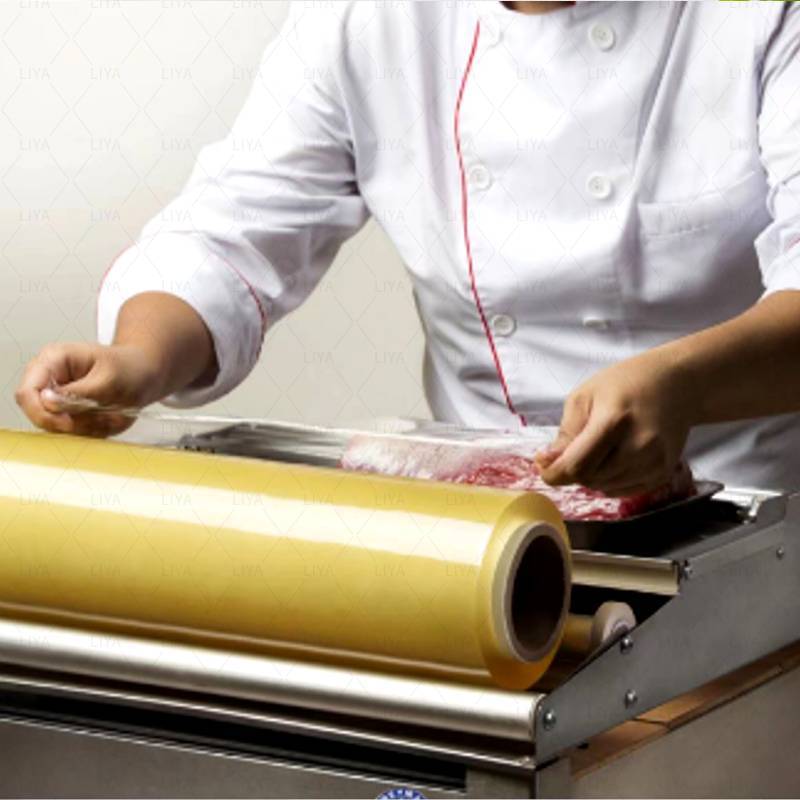An Analysis of Current Market Prices for Paper Cups and Their Economic Impact
The Economics of Paper Cup Pricing Understanding Factors and Market Dynamics
In today’s environmentally conscious society, the paper cup has become a ubiquitous item, serving not only as a convenient vessel for beverages but also reflecting broader economic and social trends. The price of paper cups, while seemingly trivial, is influenced by various factors, including raw material costs, production processes, market demand, and sustainability considerations. Understanding these factors is essential for businesses and consumers alike, as it affects everything from coffee shop profitability to consumer choices.
Raw Material Costs
One of the primary determinants of paper cup pricing is the cost of raw materials. Paper cups are typically made from pulp, which is derived from trees and other plant materials. The price of pulp can fluctuate based on various factors, including deforestation policies, weather conditions, and global market trends. In recent years, the push for sustainable sourcing has led many manufacturers to seek certified materials, which can be more expensive. Additionally, the quality of the paper significantly affects pricing; cups that are designed to hold hot beverages often require a polyethylene lining to prevent leakage, further increasing production costs.
Production Processes
The production of paper cups involves complex manufacturing processes, which also contribute to the final price. The cost of labor, machinery, and energy plays a significant role in the economics of paper cup production. For instance, modern manufacturing facilities employ advanced technology that enhances efficiency but necessitates high initial investment and maintenance costs. These expenses are ultimately passed on to consumers in the form of higher prices. Furthermore, companies may face additional costs associated with environmental regulations and compliance with safety standards, which can also affect pricing structures.
1 paper cup price

Market Demand
Market demand is another crucial component influencing paper cup prices. The booming coffee shop culture has led to an increased demand for paper cups. With more people opting for takeout beverages, the need for durable, cost-effective cups has surged. However, demand can be cyclical, with fluctuations seen during economic downturns when consumers might cut back on discretionary spending. During such times, businesses may seek to reduce prices to retain customers, leading to potential price wars among competitors. Conversely, during periods of economic growth, paper cup manufacturers might raise prices due to increased demand, allowing for higher profit margins.
Sustainability Considerations
As consumers become more environmentally conscious, the sustainability of products has become a significant factor in pricing. Many brands are investing in research and development to create biodegradable or compostable alternatives to traditional paper cups. While these innovations are critical for environmental preservation, they often come with higher production costs. Businesses may choose to absorb these costs or pass them on to consumers, depending on the market positioning and customer willingness to pay a premium for sustainable products. The rise of eco-friendly products has also led to increased competition among brands, further influencing pricing strategies.
Conclusion
In conclusion, the price of paper cups is shaped by a myriad of factors, ranging from raw material costs and production dynamics to market demand and sustainability considerations. Understanding these elements is vital for both businesses and consumers. For consumers, being aware of what influences pricing can guide more informed purchasing decisions. For businesses, recognizing these factors can help in strategizing pricing and marketing efforts. As the world continues to evolve towards more sustainable practices, the paper cup industry will undoubtedly adapt to meet the challenges and expectations of the marketplace, ultimately affecting pricing structures and consumer behavior.
-
Have the freedom of customizing your custom mailers any way you want! Our dedicated packaging support will help deliver you the mailing experience you need to elevate your shipping experience to the next level! Start making a strong impression on your customers and stand out from your competitors! -
LIYA uses high quality raw materials which directly purchased from large enterprises domestic and overseas such as PetroChina, Sinopec, Sabic, Equate, ExxonMobil, Dow Chemical, Total, and Borouge, ensuring the price advantage and quality of the raw materials. -
LIYA uses high quality raw materials which directly purchased from large enterprises domestic and overseas such as PetroChina, Sinopec, Sabic, Equate, ExxonMobil, Dow Chemical, Total, and Borouge, ensuring the price advantage and quality of the raw materials.





